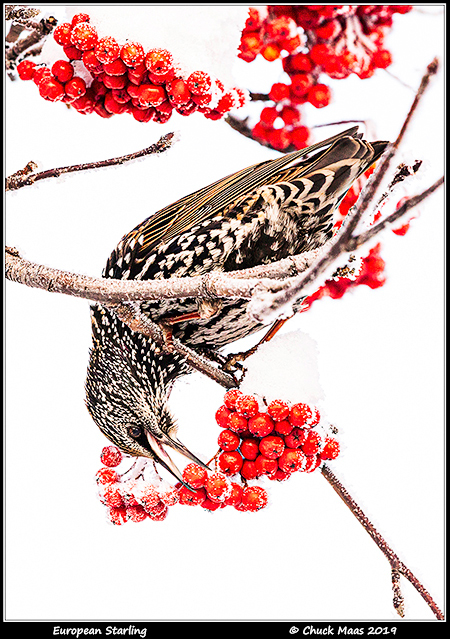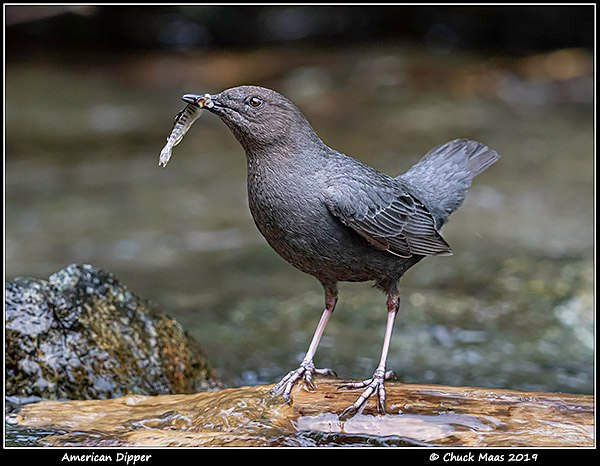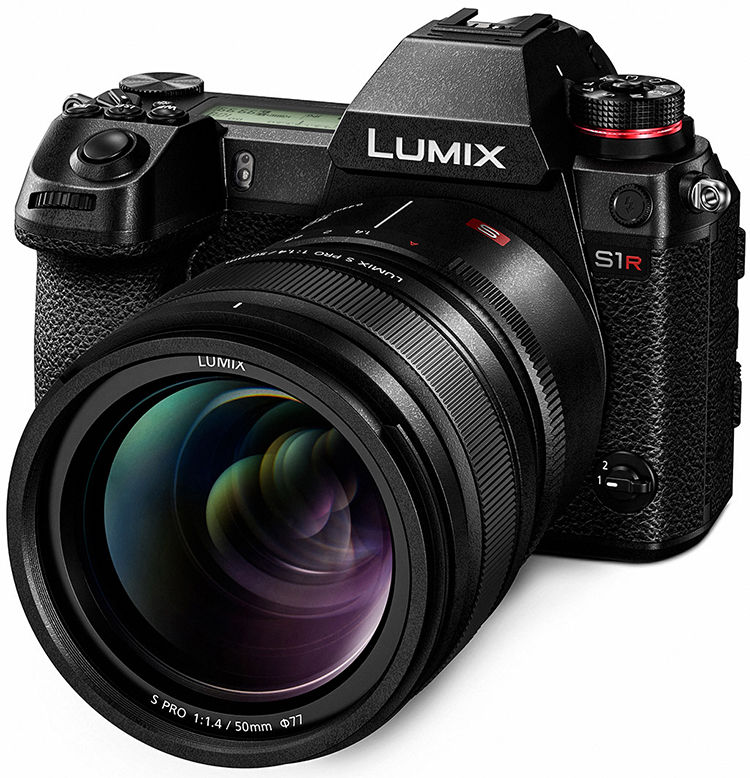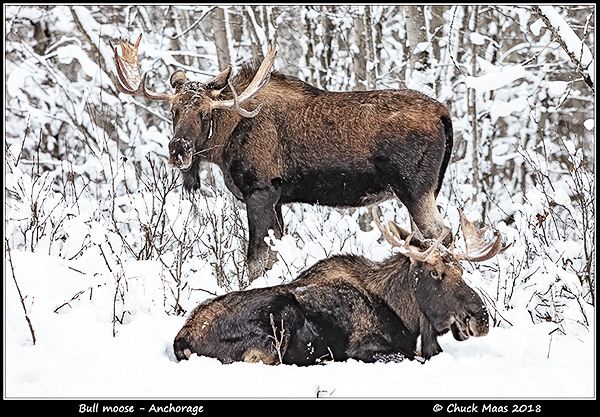Though far fewer photographs are finished as prints these days, the desire by some photographers to produce prints at home or in a small studio has not disappeared, and the tools for doing so continue to improve. Epson has been a leader in ink jet photo printers for decades and has raised the bar once again with their new SureColor P700 and P900 models.
I’ve owned a number of different small Epson photo printers over the years. Several improvements in the new models stand out in particular, including a slightly wider color gamut, dedicated Photo Black and Matte Black ink channels eliminating the need to waste ink switching from one to the other, and significantly reduced overall printer size. The latter may not seem like a big deal, but with the P900 offering 17”-wide printing in a 24”-wide footprint—the same width as the previous P600 13” unit—that could be a huge factor for those with limited space. In addition, both printers use a single top load tray for all paper, including fine art papers that previously required loading from an awkward front tray.
For more complete information see Epson’s full brochure.





